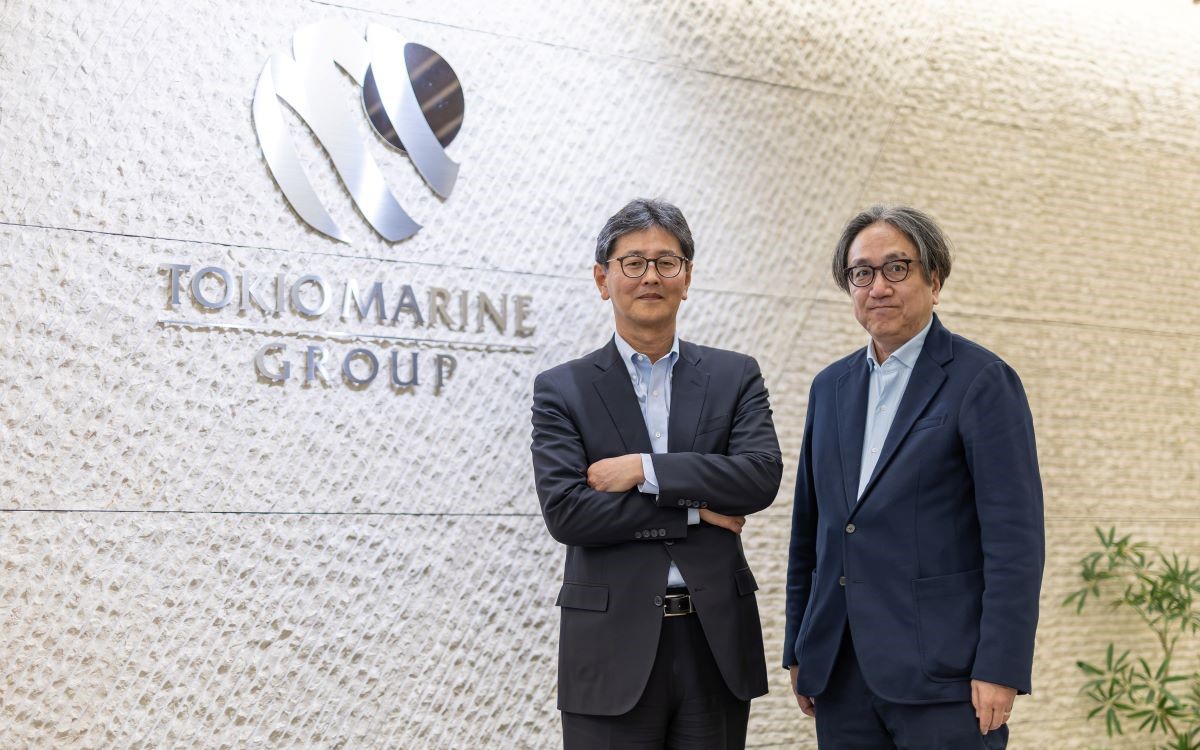Dissolve manufacturing silos with Digital Transformation: a fictional case study
Fujitsu / December 4, 2024
The world of manufacturing is a fast-paced, dynamic environment. Meeting consumer demands while optimizing production efficiency is a constant challenge. This blog explores how a fictional beverage plant, facing the classic issue of siloed operations, embraced digital transformation to achieve peak efficiency and unlock new levels of productivity.
The challenge: A siloed system
Our beverage plant, bustling with activity, was struggling with a fragmented approach to production. Alice, the production planner, worked independently from Bob, the operations manager, who in turn was disconnected from Carol, the maintenance engineer. This lack of integration meant valuable data was trapped in individual departments, hindering overall efficiency and continuous improvement efforts.
The solution: a digital ecosystem
To overcome this challenge, the plant implemented a powerful combination of technologies, including:
• SAP Production Planning and Digital Manufacturing: This intelligent system provided a central platform for planning, scheduling, and resource allocation, integrating data from various sources.
• Fujitsu Digital Kaizen: This approach focused on continuous improvement through data analysis and collaborative problem-solving.
• Fujitsu Factory MOC: An AI-powered, proactive monitoring solution for infrastructure and applications, ensuring high availability and security.
• High Convergence Infrastructure (HCI) Edge: This edge computing infrastructure managed by Frank, the Edge Computing Specialist, optimized data flow and processing, reducing latency and enabling faster insights.
• Fujitsu Control Tower (Palantir / Kozuchi cloud platform): A unified platform for integrating data from multiple sources, providing a comprehensive view of the entire operation.

The Journey to efficiency: a team effort
Here's how the plant's team leveraged these technologies to break down silos and achieve peak efficiency:
1. Alice's vision: planning with SAP Digital Manufacturing
Alice, the production planner, started her day by reviewing production demands, inventory levels, and machine capabilities using SAP Digital Manufacturing and Control Tower information. SAP Digital Manufacturing system provided a comprehensive view, enabling her to optimize production plans, considering constraints and available resources.
2. Bob's orchestration: resource scheduling
Alice shared her optimized plan with Bob, who used SAP Digital Manufacturing to allocate resources. The system identified potential bottlenecks and suggested adjustments, ensuring a smooth production flow.
3. Carol's expertise: machine allocation
Carol, the maintenance engineer, received the updated schedule from Bob and used SAP Digital Manufacturing to allocate specific machines for each production batch. She ensured machines were in optimal condition, updating the system with the latest status and maintenance records. Further improve her work capabilities, Carol is using Control Tower information to see OEE (overall equipment efficiency) trends per machines.
4. Frank's edge: data collection and processing
Sensors on the machines captured real-time data, which was transmitted to the Manufacturing Execution System (MES) and processed on-site or sent to the cloud via the Hyper-Converged Infrastructure HCI edge infrastructure managed by Frank. In the HCI we can also perform PLC data model harmonization from many-to-one to OPC UA. This ensured faster processing and real-time insights into the production process and will improve Digital Kaizen capabilities for continuous improvement.
5. Fujitsu Digital Kaizen: continuous improvement
The team used SAP Signavio based Fujitsu Digital Kaizen (MURI, MURA, MUDA) to analyze data from the MES system and edge platform, etc. identifying areas for improvement, end-to-end at the factory. They brainstormed solutions, implemented changes, and tracked the impact. All kind wastes are reduced at the factory for even better performance and quality.
6. Dave's integration: data flow to the Control Tower
Dave, the IT specialist, ensured data collected from the MES system and Fujitsu Digital Kaizen initiatives was securely transmitted to the Palantir cloud platform / Control Tower. This platform integrated data from multiple sources, providing a unified view of the entire operation. This holistic and AI powered Control Tower visualize operations and enable feasible operations optimization by AI.
7. Eva's vigilance: cybersecurity and monitoring
Eva, the cyber security, and operations monitoring specialist, utilized Factory MOC / FMOC to proactively monitor infrastructure and applications availability and application security, strengthening the plant's cybersecurity defenses and availability & performance. This AI based FMOC “can see & understand” correlations and relations between all layers and infrastructure as well as applications. This improves Meantime-to-Recovery by 50+%. Eva’s role is important as FMOC foresee the coming challenges in advance enabling her to be pro-active and prevent incidents to happen.
8. The feedback loop: continuous improvement
Insights from Factory MOC were fed back into SAP Digital Manufacturing and Fujitsu Digital Kaizen, creating a continuous improvement loop. The team refined their planning, scheduling, and maintenance processes, leading to improved productivity, reduced costs, enhanced product quality, and robust cybersecurity. All these are made visible in Control Tower for different personas of the company.
The outcome: a transformed plant
By embracing digital transformation and breaking down silos, the beverage plant achieved a highly efficient, responsive, and secure production process. The collaboration between Alice, Bob, Carol, Dave, Eva, and Frank ensured that every aspect of the production cycle was optimized, leading to a successful journey towards a brighter future.
The path ahead: embracing Sustainable Manufacturing with Fujitsu
For those looking to navigate this complex landscape and to stay ahead of the curve in an increasingly competitive market, organizations need to innovate by fostering collaboration between design and manufacturing departments to achieve a balance between quality and cost. Working with Fujitsu can enable your organization to better analyze manufacturing defects, pinpointing the affected product, production line, and root cause – whether it's a component issue or human error. This data-driven approach enables you to improve quality, cost, and delivery across all of your manufacturing sites.
To learn more about how Fujitsu can support your sustainable manufacturing journey, visit our website. Join us in shaping the future of manufacturing, a future where we dissolve silos, embrace digital transformation and drive operational productivity and efficiency.

Editor's Picks












